
The art worn on the body: Typical clothing styles of the Tibetan Plateau.
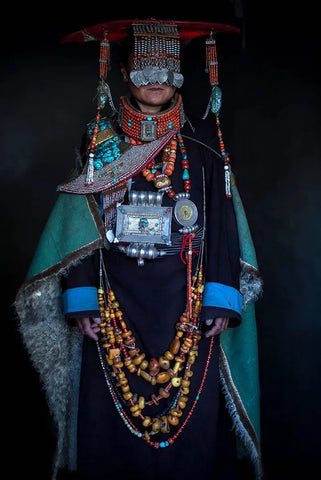
©folkcostume.blogspot.com
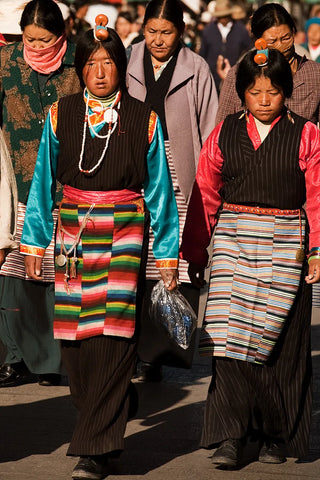
©folkcostume.blogspot.com
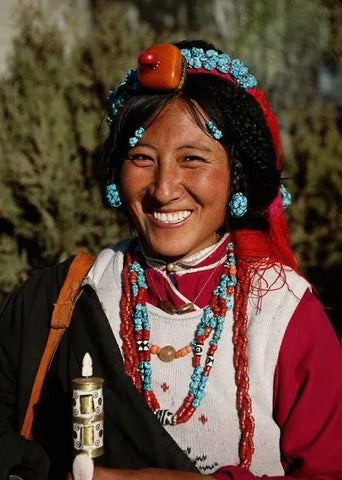
©flickr.com
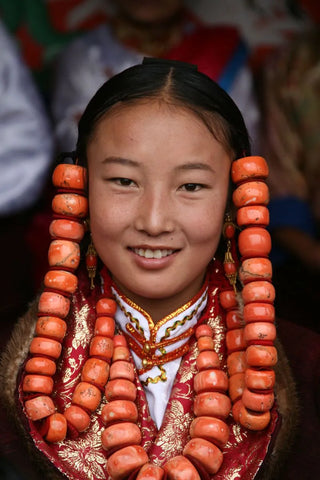
©imaginative.nl

pinterest @ddodo2590
Beauty is a concept,
and beautiful things are things that
conform to one's own concept.
- Hegel, "Aesthetics"
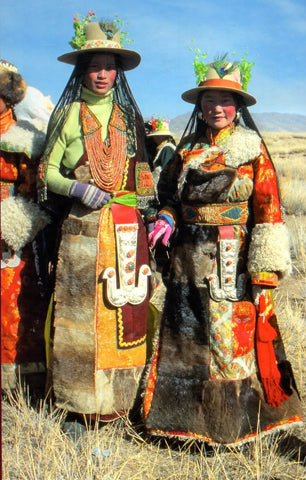
《Tibetan Dress: In Amdo & Kham》by Gina Corrigan Cover image
Art worn on the body
Clothing
It is the art worn on the body
And the most intuitive symbol of a nation
Tibetan costumes are a unique flower
With a long and rich history
It is the art worn on the body
And the most intuitive symbol of a nation
Tibetan costumes are a unique flower
With a long and rich history
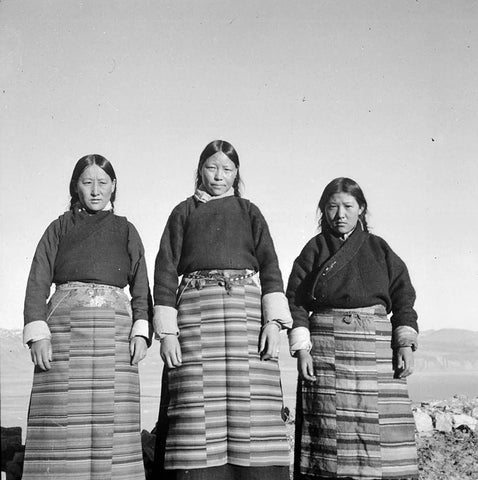
©norlha.com
The Changdu Karuo site, with a history of four to five thousand years, has unearthed 50 ornaments. Historical records also mention that the ancestors of the Tibetan people used pulu to make clothes and yak wool to weave tents. It can be seen that the traditional Tibetan clothing has long been established in history and passed down through generations.
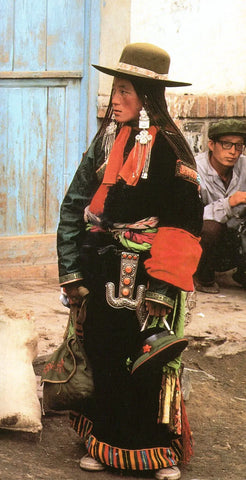
©folkcostume.blogspot.com
Tibetan robe
Tibetan clothing can be divided into clothing and accessories. The former is Tibetan robes, which are characterized by wide collars, loose waists, long sleeves, and diagonal fronts. The upper and lower parts are connected, with a simple structure. They vary in thickness according to climate and season, with localized structural changes tailored to local conditions.
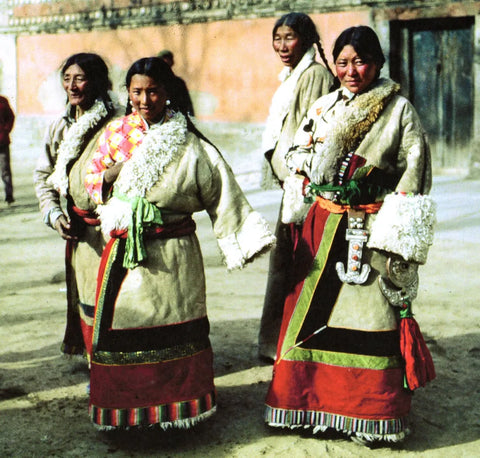
©folkcostume.blogspot.com
For example, in the Amdo region (mainly Lhasa), women often wear sleeveless Tibetan robes, paired with a shirt underneath and a woolen apron tied around the waist called a bandian. In the region of Kongpu in Linzhi, both men and women typically wear sleeveless black Tibetan robes. The famous peacock dress is popular in the Ali region. Overall, Tibetan clothing in other regions follows a similar structure: loose waist, long sleeves, and a large front opening.
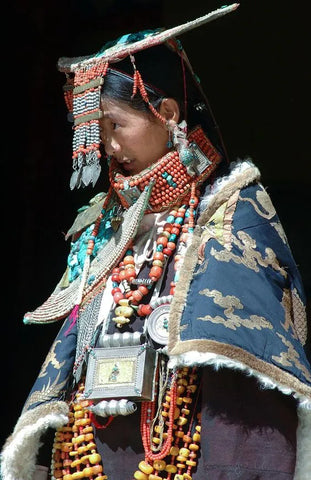
©folkcostume.blogspot.com
When wearing a Tibetan robe, one generally crosses the collar to the right and fastens it with a colorful waistband to cinch the loose robe. The folds in the fabric are casual and natural, with women's robes generally reaching to the ankles and the waistband tied higher to emphasize the lower skirt. This creates an elegant and natural look, free and unrestrained.
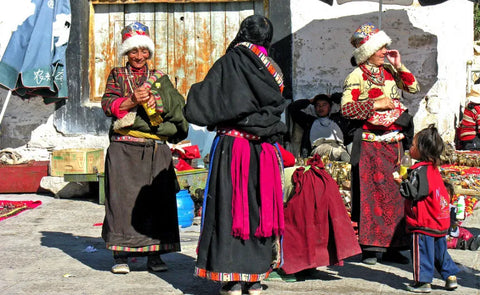
©tibettravelexpert.com
The hem of the men's robe is at the knee level,
The belt is worn low, showing off the trousers and tall boots,
Allowing for wide-ranging movement, exhibiting a robust
Masculine demeanor
The belt is worn low, showing off the trousers and tall boots,
Allowing for wide-ranging movement, exhibiting a robust
Masculine demeanor
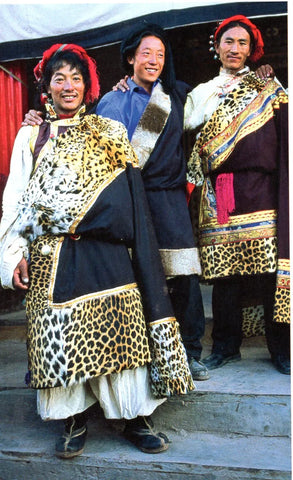
©folkcostume.blogspot.com
Fabric
The materials for Tibetan robes are rich and can be categorized into four types based on the visual and tactile quality of the fabric. The first type includes fabrics such as wool, which are thick, soft, and have fine texture, giving a sense of warmth, smoothness, and elegance.
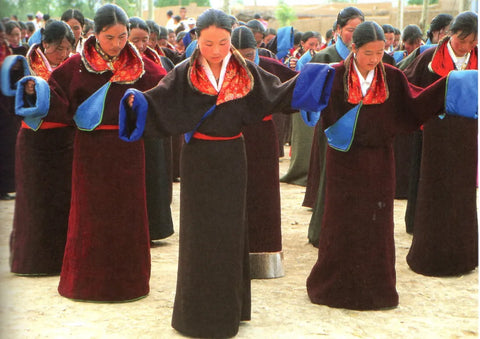
©folkcostume.blogspot.com
Second is silk fabric
Characterized by bright, smooth, delicate, and broad
Giving a sense of elegance and nobility
Third is synthetic or natural blended fabric
Giving a sense of solemnity and elegance
Fourth is animal hides and fur
Giving a sense of durability and strength
Characterized by bright, smooth, delicate, and broad
Giving a sense of elegance and nobility
Third is synthetic or natural blended fabric
Giving a sense of solemnity and elegance
Fourth is animal hides and fur
Giving a sense of durability and strength
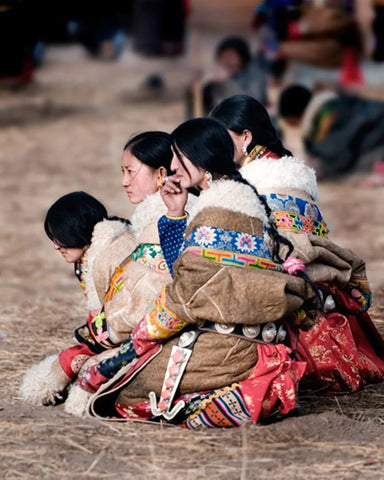
©folkcostume.blogspot.com
The Tibetan robe emphasizes the combination of practicality and aesthetics, drawing inspiration from nature. Its primary function is to keep warm in cold weather. It is worn as a garment during the day and as a blanket at night. This practical value was bestowed upon the Tibetan robe by our ancestors.
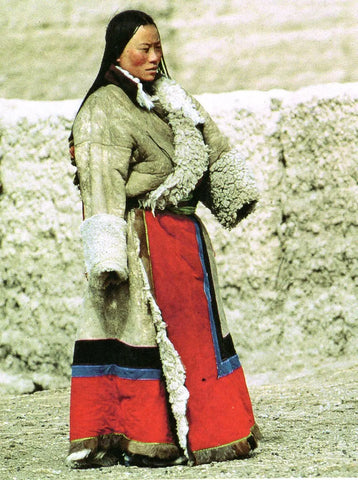
©folkcostume.blogspot.com
Accessories
And in terms of aesthetics, it is diverse and varied, with the whole body adorned with different accessories, each displaying its own unique charm. The materials are elegant and the patterns are innovative, making it truly a sight to behold. It can be said that "different styles are seen every ten miles, different customs are observed every hundred miles".
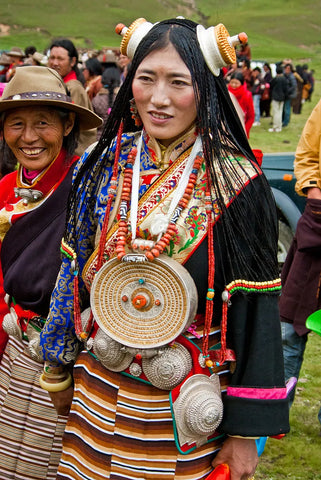
©folkcostume.blogspot.com
Overall, Tibetan accessories can include items made of gold and silver, as well as jewelry made from coral, turquoise, amber, agate, jade, pearls, and more. Women often wear earrings, necklaces, bracelets, and rings, while men prefer wearing swords, hats, and earrings. This forms the typical style of clothing and accessories for people living on the plateau.

©thelittletibet.com
Garden of the Sea
Coral is one of the favorite accessories of Tibetan people. It is a very precious natural organic gemstone, a plant-like animal that is formed by the skeletal secretions of marine organisms. Gradually solidifies and becomes hardened with slight natural pitting and surface cracks, considered as the hallmark of natural coral.
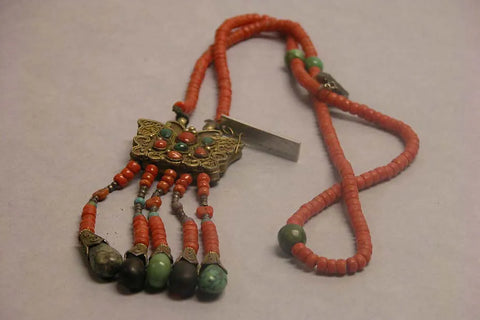
Necklace, 19th century, The Metropolitan Museum of Art, Tibet.
Coral looks like a colorful underwater plant and is also known as the garden of the sea. It mainly comes in two colors, red and pink, with white and black varieties being rare. The red variety is considered to have the best quality, which is why it is highly favored by the Tibetan people.
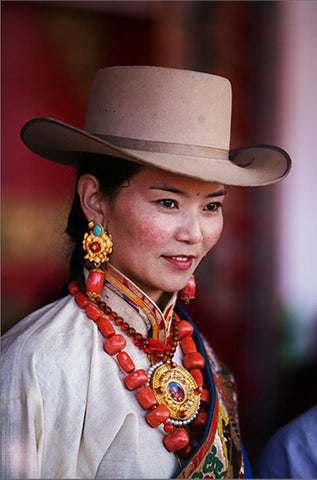
pinterest ©Sodo Abo
Most of the ancient Tibetan red coral actually originated from the Mediterranean thousands of years ago. It traveled along the Silk Road, passing through Iran, Samarkand, and Ladakh before finally reaching the market in Lhasa.
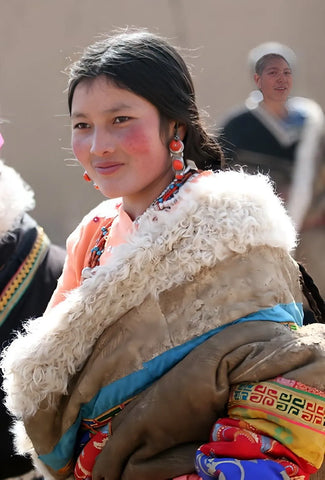
pinterest ©Sodo Abo
For thousands of years,
coral has been one of the most valuable tangible
forms of wealth in the Tibetan and Himalayan regions.
People often wear coral as jewelry, such as necklaces, earrings, and rings. Additionally, as part of a Tibetan woman's dowry,
coral is also the most precious gift a mother can give to her daughter.
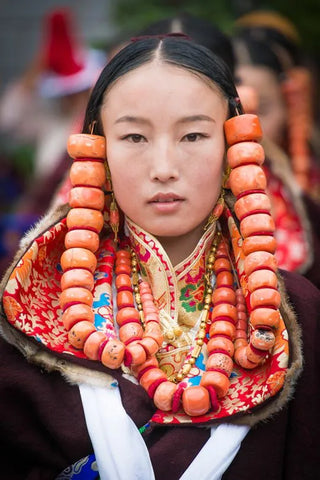
©luminous-landscape.com
Coral is an important ingredient in Tibetan medicine,
often used as a detoxifier and to treat blood-related diseases.
It is also seen as a talisman, believed to reduce anger, anxiety, stress, and depression when worn.
People believe that genuine coral can
absorb all of a person's negative emotions into itself.
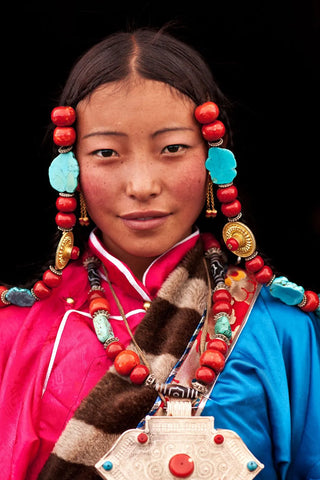
©Matador Network
Clothes make the man
Hegel likened clothing to a form of flowing architecture,
stating that "artistic clothing has one principle:
it should be treated like a work of architecture,
which merely surrounds and conceals,
allowing the individual freedom to move within."
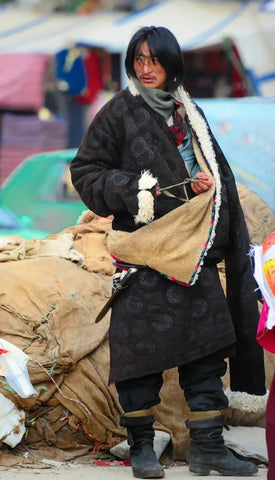
©aculturame.com Jan Reurink
Man is the master of clothing.
Clothing should not only help people
adapt to the environment and climate,
but also satisfy their spiritual
pursuits and showcase their inner world.
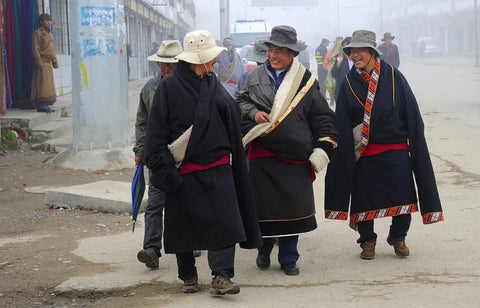
©aculturame.com Jan Reurink
No matter from the overall or from a partial perspective,
Tibetan clothing features a loose, thick, and grand style that
not only matches their environment and climate,
but also reflects the relaxed and contented
personality of this ethnic group.



